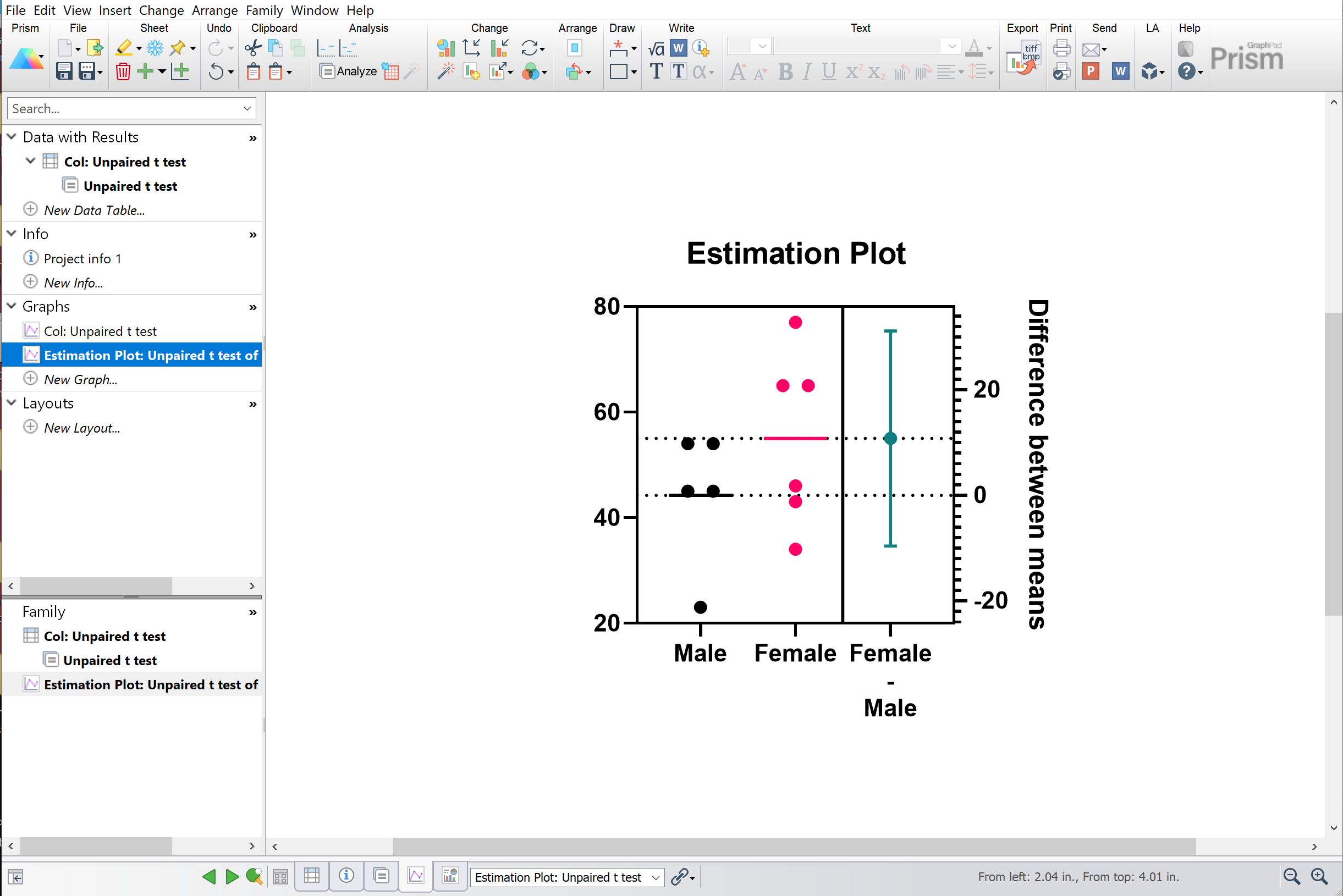

In biofilms, bacteria assemble in an organized fashion in three-dimensional space. These data point toward a bet-hedging mechanism in which heterogeneous expression of respiratory complexes ensures respiratory plasticity of E. Interrogation of the distribution of quinol oxidases in the planktonic state revealed that ∼15% of the population expresses cytochrome bd at atmospheric oxygen concentration, and this population dominates during acute urinary tract infection. Depletion of the cytochrome bd-expressing subpopulation compromises biofilm complexity by reducing the abundance of secreted extracellular matrix as well as increasing cellular sensitivity to exogenous stresses. Cytochrome bd, a high-affinity quinol oxidase required for aerobic respiration under hypoxic conditions, is the most abundantly expressed respiratory complex in the biofilm community.


Here we show that two quinol oxidases found in Escherichia coli and other bacteria organize along the biofilm oxygen gradient and that this spatially coordinated expression controls architectural integrity. Spatial organization is driven by the presence of chemical gradients, such as oxygen. Organization of these components lends spatial organization to the biofilm community such that biofilm residents can benefit from the production of common goods while being protected from exogenous insults. Biofilms are multicellular bacterial communities encased in a self-secreted extracellular matrix comprised of polysaccharides, proteinaceous fibers, and DNA.


 0 kommentar(er)
0 kommentar(er)
